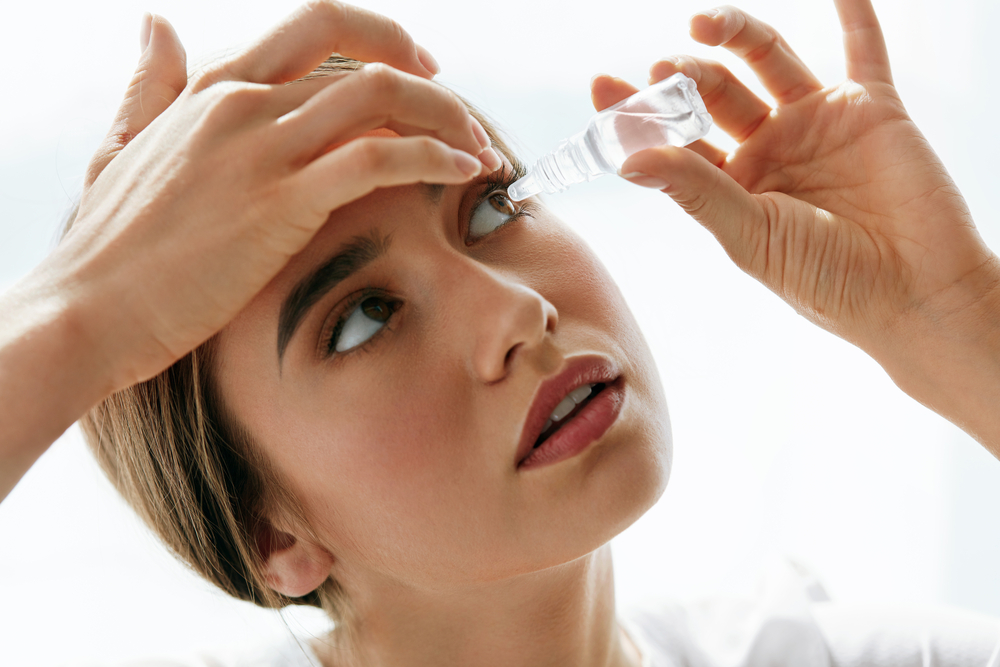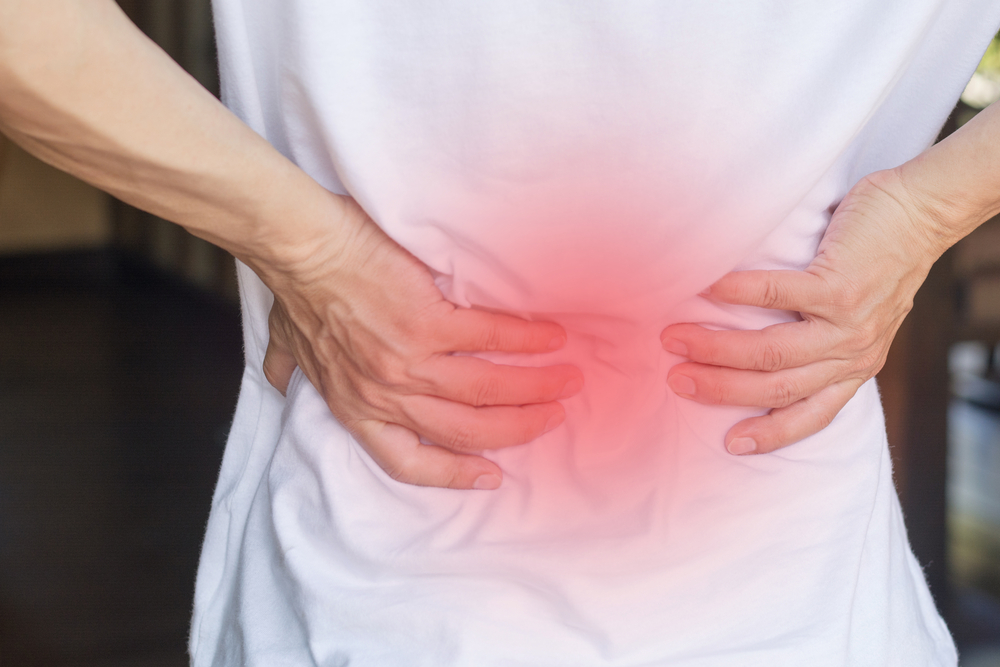Contents:
- Medical Video: WARNING CACAO CAN CAUSE CANCER, BIRTH DEFECTS AND REPRODUCTIVE HARM!
- What is a teratogen?
- How can teratogens cause birth defects?
- Types of foreign substances included in teratogens
- Drug chemistry
- Certain substances and other drugs
- Other chemicals
- Infection during pregnancy
Medical Video: WARNING CACAO CAN CAUSE CANCER, BIRTH DEFECTS AND REPRODUCTIVE HARM!
Pregnancy is the most sacred period for optimal child development. Therefore it is fitting for pregnant women to maintain their physical health and diet to ensure the health of the baby in the womb. However, there is a risk that babies will be born disabled even though parents have tried to protect their pregnancies. Many factors can cause birth defects. Birth defects can arise due to genetic factors. But the most common factors and the frequent causes of birth defects are exposure to chemicals and foreign substances that you receive from your daily environment during pregnancy. These foreign substances are called teratogens.
What is a teratogen?
Teratogens are foreign agents that can cause birth defects due to developmental abnormalities in the fetus during the womb. Teratogens can be in the form of chemicals, infections, foreign substances, or certain drugs, even diseases that are experienced in pregnant women.
In general, disorders associated with teratogens are caused by exposure originating from the environment, both directly and indirectly and / or intentionally or not. It is estimated that 4-5% of cases of birth defects are caused by exposure to teratogens.
How can teratogens cause birth defects?
The fertilized egg takes about six to nine days to attach to the uterus. This process allows the fetus to get blood supply from the same source as the mother, so that the presence of an agent or foreign substance in the mother's blood can also enter the developing bloodstream of the fetus.
Teratogen exposure increases the risk of developmental disorders in the fetus if this occurs in early pregnancy, or about 10 to 14 days after the egg is fertilized. However abnormalities can also occur outside this phase, when exposure to specific teratogens coincides with a particular phase of organ development. For example, alcohol intake in the blood of pregnant women after a one-month-old fetus can affect the development of the brain and spine.
Types of foreign substances included in teratogens
Many teratogens are found in the surrounding environment, and can enter the body anytime anywhere. Most teratogen exposure comes from the environment, but some methods of treatment and drug use are also known to have teratogenic effects.
Drug chemistry
- Aminopterin - is a content in chemotherapy drugs that has side effects to inhibit the work of folic acid and fetal cell and DNA growth, and can cause disruption of the development of central nerve cells in the fetal brain.
- Phenytoin, valporic acid and trimethadione - is an antiepileptic drug known to trigger heart abnormalities and microcephaly in infants.
- Warfarin – is a blood thinning drug that can interfere with the development of the nerves of the brain and fetal vision.
- Selective serotonin reuptake inhibitors (SSRIs) - is an antidepressant drug that is known to trigger non-specific disorders of the respiratory tract and diarrhea in infants after birth. However, it should be understood that the benefits of antidepressants during pregnancy are higher than the risks. Depression during pregnancy is more at risk of causing health problems for the mother and her pregnancy than the side effects of the drug.
- Isotretinion – drugs used to treat acne are known to cause developmental disorders of various organs including abnormalities of the heart, cleft lip, and neural tube defects.
- Angiotensin-converting enzyme (ACE) inhibitors – is an antihypertensive drug that is known to inhibit overall fetal development and disorders of the baby's kidneys, and sometimes death.
- Androgen and progestin hormones - can trigger abnormalities of reproductive organs in female fetuses so that they have more masculine features such as enlargement of the clitoris and closing genital cavity.
- Estrogen hormone - in the form of diethylstilbestrol (DES) is known to trigger abnormal development in uterine, cervical and vaginal organs in female fetuses.
Certain substances and other drugs
- Alcohol - Alcohol consumption is known to be the main cause of fetal alcohol syndrome, a set of congenital disorders that cause brain damage and growth problems in the fetus because mothers drink alcohol while pregnant. Just a little alcohol can cause developmental disorders in the baby's body. The manifestation of birth defects mainly appears on the face, arms and legs. FAS also causes central nervous disorders, heart defects, and mental retardation.
- Cigarettes - can increase the risk of fetal development and experience low birth weight when energized. Pregnant women who smoke can cause babies with birth defects with heart and brain abnormalities. Babies exposed to secondhand smoke are also more likely to experience motor problems at birth, such as shocked reflexes that are slow and experience tremors. The longer you smoke and the more cigarette butts you suck, the greater the risk of birth defects
- Opioid medicine - is a drug that works as a pain reliever like morphine and is known to increase the risk of low birth weight and preterm birth.
- Marijuana- causes the effects of changes in the brain's work. Mothers who smoke marijuana during pregnancy increase the risk of babies experiencing low birth weight, blood sugar disorders, calcium deficiency, and brain bleeding at birth. Other drugs such as amphetamines have the same effect as marijuana.
- Cocaine - Cocaine can interfere with the development of the central nerve as well as the development of fetal organs during the womb. Cocaine exposure also increases the risk of a child experiencing behavioral problems when he is born later.
Other chemicals
- Mercury - is one of the chemicals that can cause congenital defects such as mental retardation and cerebral palsy. Mercury can come from seafood consumption.
- X-ray - X-rays during X-rays can interfere with the development of the central nervous organs and limbs such as the hands and feet during fetal development. Until now there is no known safe limit for X-ray exposure when X-rays are pregnant, but the use of X-rays to clean teeth is considered safe to do even when pregnant.
- Radiation and chemotherapy - both methods of cancer treatment are not recommended when pregnant because it is very risky to interfere with the development of the womb. If possible, this procedure should be postponed until postpartum. But if it is not possible, this treatment must still be done to maintain the chances of survival for pregnant women.
Infection during pregnancy
Some infectious diseases are very risky to cause babies with birth defects, such as mental retardation, jaundice, anemia, low birth weight, impaired sense of sight and hearing, heart and skin disorders. Infection during pregnancy is also at the highest risk of causing a baby to die (stillbirth) during the first trimester of pregnancy when the main organ is still in development.
Infection that can endanger pregnancy, including:
- Chicken pox
- Hepatitis (B, C, D, and E)
- Enterovirus infections, including polio
- AIDS
- Parvovirus
- Toxoplasmosis
- Streptococcus B infection, listeria and candida
- Rubella
- Sitomegallovirus
- Herpes simplex
- Various sexually transmitted diseases such as syphilis and gonorrhea.












